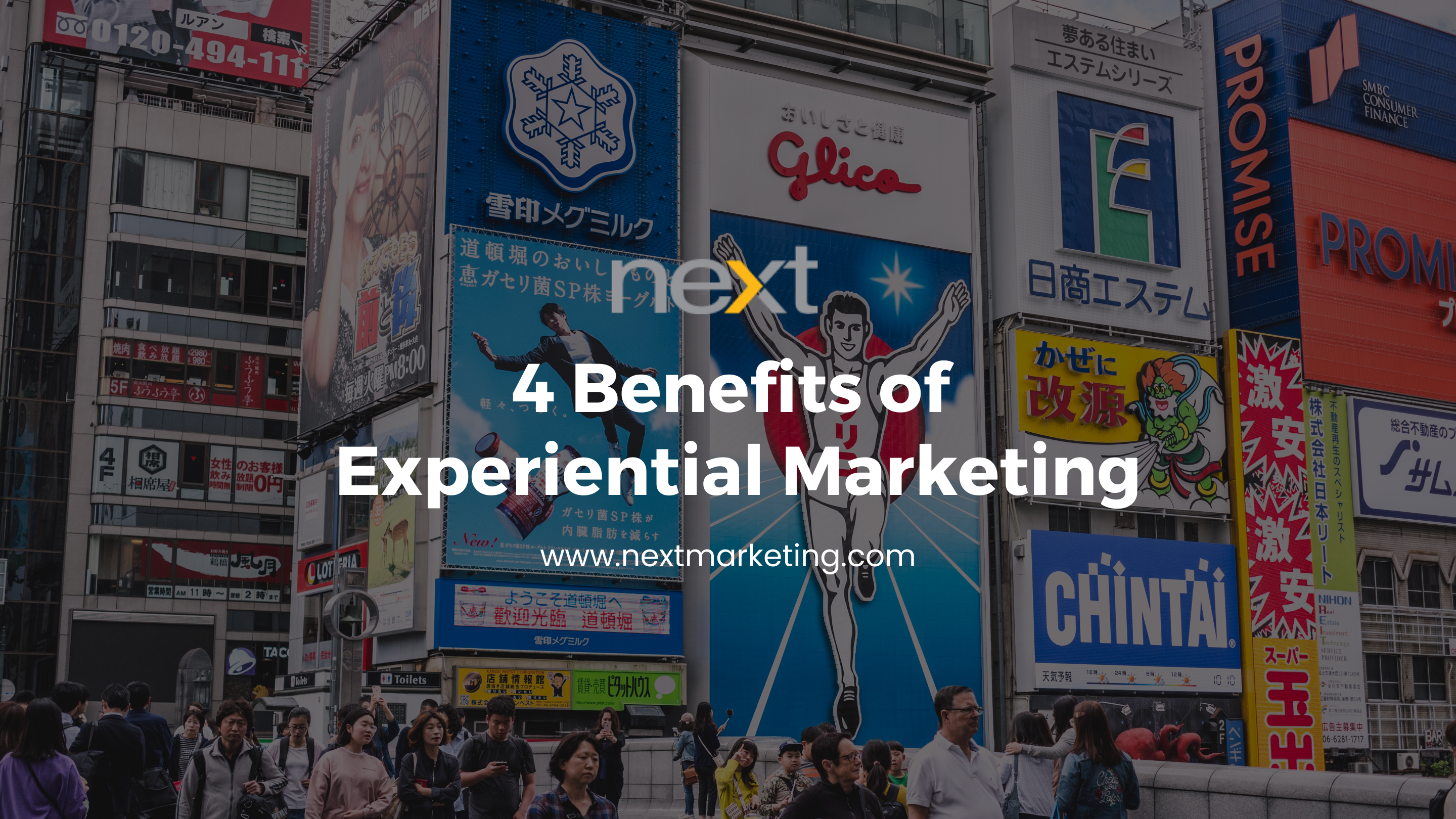There is no denying the importance of experiences in a world where people are more inclined to spend money on concert tickets than on stuff from their favorite bands.
Today’s customers want their purchases from brands to do more for them than merely fill their closets or adorn their walls.
Because of this, brands were expected to spend an additional 11% more on experiential marketing in 2017 than they did only two years prior.
Having said that, marketers must reconsider the conventional view of events and tradeshow exhibits if they want to provide truly transforming experiences.
A new era of experiential marketing is beginning, one that takes into account factors like cultural context, program timing, content creation, and positioning relative to a brand’s long-term commercial goals.
In order to access new consumer markets, industries are combining experiences from outside their traditional contexts—hotels, airport terminals, and tradeshow floors—with those of other players. Take the automotive sector as an illustration: In 2018, it will transition from generic ride-and-drive events to more expansive experiential efforts that connect markets outside of the obvious ones.
You can extend your experiential efforts outside the locations where your brand typically advertises and operates by using greater insights.
In the context of lengthier purchasing cycles, experiential may and should be employed as a powerful accelerator. By being a culturally relevant presence in consumers’ lives—often in unexpected places—your brand may enter the buyer’s journey early on. By doing this, you can ensure that customers are already thinking about your brand before they finally make a purchase.
How to Fill a White Space in Your Marketing Plan
Here are some best practices for incorporating experiential activations into your all-encompassing marketing plan to improve customer perception and maximize return on investment.
- Put timing first and take context into account
An event can be a fantastic method to benefit from efforts in auxiliary channels. Consider new software releases, product launches, or a significant occasion for your target market. In that aspect, timing is crucial.
For instance, when “Gilmore Girls: A Year in the Life” debuted on Netflix last fall, the video streaming service planned pop-up Luke’s Diner locations. Fans were able to connect with their favorite characters by becoming lost in the atmosphere of the cult favorite coffee shop. Even though the experience could have been enjoyable for certain fans regardless of the timing, going to Luke’s Diner just as the relaunch premiered was invaluable.
Examine the other initiatives in your pipeline and plan activations to increase their success. What significant event will interest your audience in 2018? Start thinking about quarters three and four right away because you’ll need time to plan and put everything in place.
- Take into account amplification before and after activation
If you approach an experience from the perspective that it starts and ends on the day of the event, you won’t obtain the outcomes you want. Instead, be sure to include email, outdoor advertising, and social media campaigns in your marketing strategy to keep people talking about your event.
Partnerships with influencers are quite helpful for this project. Customers naturally place more trust in their favorite blogs than in your company.
Don’t let the celebrity of a certain influencer influence your choice of partners. Although a smaller, more specialized influencer may not be well-known, his or her followers are around 60% more engaged.
Influencers may generate natural interest in your event, distribute captivating information to create a sense of impending doom, and serve as your most ardent supporters long after the visitors have left.
- Make an investment commitment.
Aiming for the best outcomes with the least amount of money spent is in the nature of business. Making the most of an immersive activation, though, can need a bigger upfront commitment.
Fortunately, the potential payoff is more than worthwhile. Experiences are special in that they are one of the best ways to develop personal relationships with target customers. Consumers’ senses of touch, smell, sight, sound, and occasionally even taste will be stimulated by a genuinely immersive experience. When done well, customers will cherish the occasion forever.
The Event Marketing Institute found that 72% of consumers had a more favorable opinion of brands that offer high-quality experiences, and 74% said that they are more likely to purchase a brand’s goods or services if they can participate in its experience.
- Recognize the bigger corporate goals
Start with your goals, or the criteria by which you measure success, like with any marketing project. Next, choose how you’ll gather the information required to monitor a customer’s progress along the conversion funnel.
For instance, are you attempting to increase anticipation for a forthcoming product launch? Then perhaps you ought to concentrate on survey results or the potential of future brand involvement. Create a strategy to make sure this focused data is collected without interfering with the user experience. With RFID wristbands, we’ve had great success incorporating gamification to gather useful consumer data from our clients’ target market.
Quantifiable data that are expertly integrated into an experience produce measured impact to demonstrate ROI, enhance next initiatives, and support corporate goals.
In Conclusion
Experiential marketing, in contrast to passive types of advertising, is an active, multifaceted strategy that engages clients on a deeper, more personal level. Experiences are the tangible personifications of the lifestyle that your business wishes to represent, and they meaningfully immerse customers in that lifestyle.


